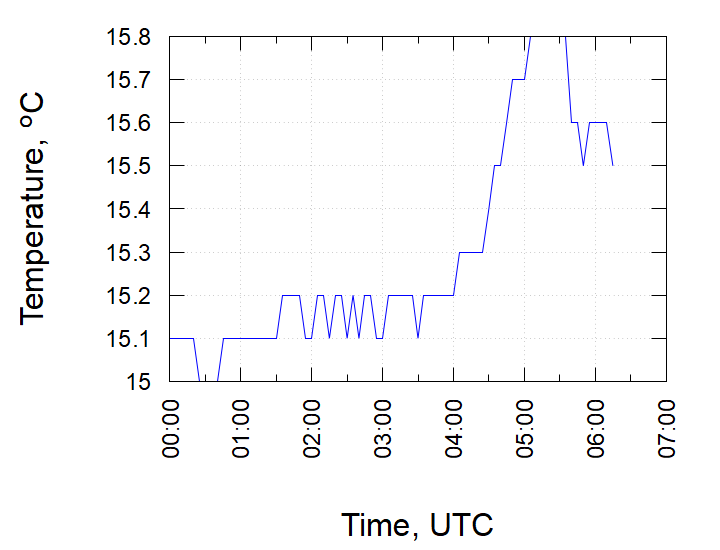PRISMA setup
In frames of the joint project with INR RAS a new setup based on the new method of registration of extensive air showers EAS (registration of delayed thermal neutrons accompanying EAS) is being created in the Scientific and Educational Center NEVOD [1, 2]. In the interactions of high-energy hadrons of shower with atomic nuclei of the atmosphere and the Earth's surface, a neutron component which carries important information about the degree of the EAS development is produced. As a registering element, the en-detectors capable of simultaneous detecting of two components of showers - electromagnetic for group passage of charged particles, mostly electrons (e), and hadron through thermal neutrons (n) are used. Studying of cosmic rays spectrum in the "knee" region through the study of the neutron component of EAS is the primary objective of investigations on the setup.
en-detector:
The design of the en-detector is standard for shower detectors with the only difference that instead of the usual thick plastic scintillator, a specialized thin scintillator is used. At the bottom of lightproof housing (polyethylene industrial barrel of 200 liters with the height of 570 mm and diameter of 740 mm) a thin layer (~ 30 mg/cm2) of specialized inorganic scintillator ZnS (Ag) + 6LiF which is viewed by a photomultiplier tube (PMT-200) with a photocathode diameter of 15 cm is placed.
Structure and general view of en-detector.
The setup consists of 32 en-detectors (two clusters of 16 detectors) and is located inside the experimental hall on the 4th floor of EC NEVOD building in MEPhI [3, 4]. Scheme of the setup is shown in Figure 2. Irregular location of detectors is due to the available space in the experimental complex, in which the other setups, including Cherenkov water detector (in the center) [5], operate. Setup for the EAS neutron component registration has been operating in a continuous data collection mode since 2013.
Location of the setup detectors.
During the creation of the setup, the techniques of assembly and testing of en-detectors as well as of the readout electronics have been developed. Obtained experimental results have demonstrated the possibility of simultaneous registration of two major components of EAS - hadron and electron - using the same detector [3, 4, 6].
[1] Yu.V. Stenkin and J.F. Valdes-Galicia, in Proc. 27th ICRC (Hamburg 2001), vol. 4, p. 1453.
[2] Yu.V. Stenkin, Nucl. Phys. B (Proc. Suppl.), 196, 293 (2009).
[3] D.M. Gromushkin et al., Astrophys. SpaceSci. Trans. 7, 115 (2011).
[4] D.M. Gromushkin et al., Bull. of RAS; Physics, 77, No. 5, pp. 635-637 (2013).
[5] O. Savedra et al., J. Phys.: Conf. Ser. 409. Issue 1. 012009 (2013).
[6] D.M. Gromushkin et al., Bull. of RAS; Physics, 75, No. 3, p. 374-376 (2011).
METEO-data
Moscow, MEPhI, NEVOD



